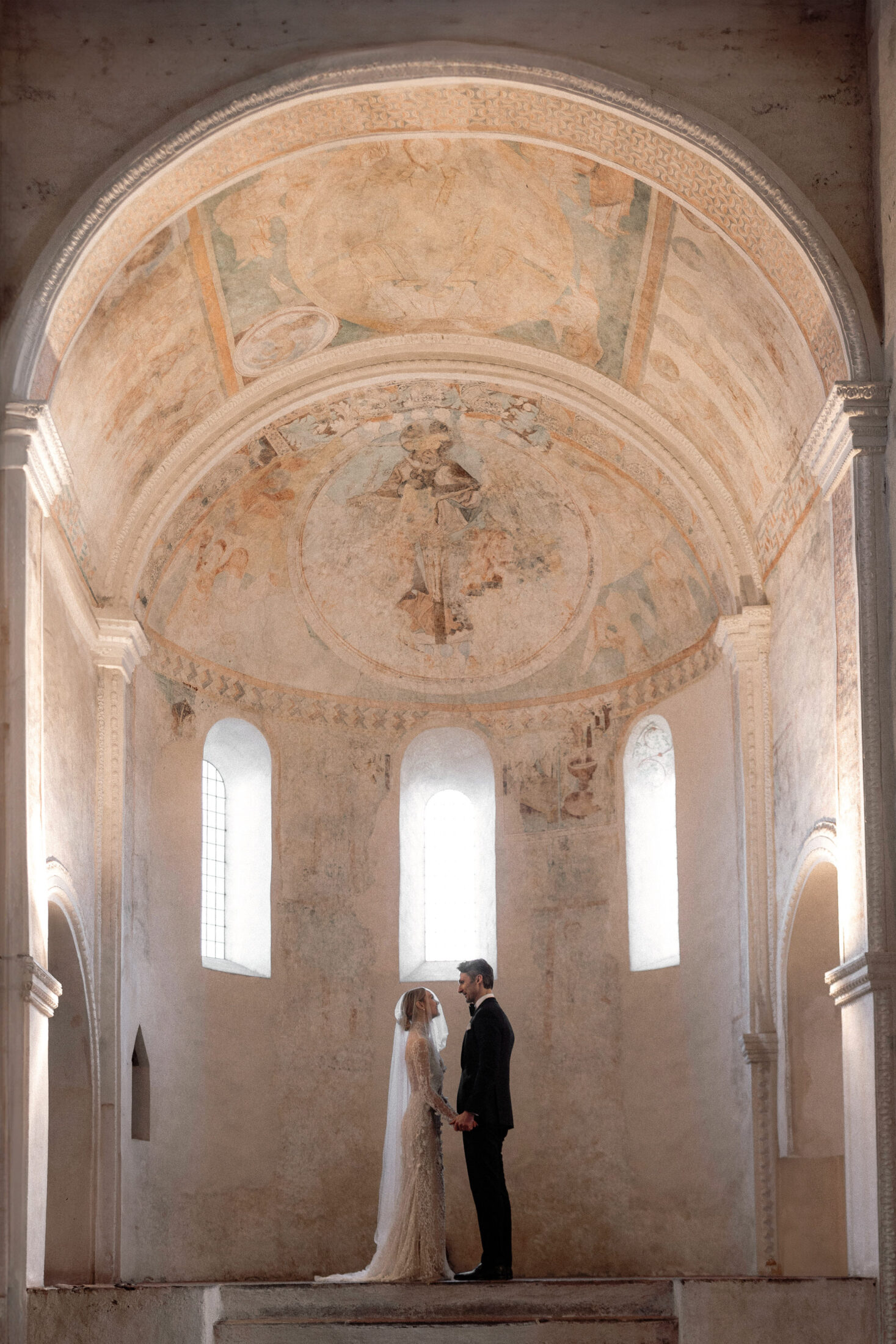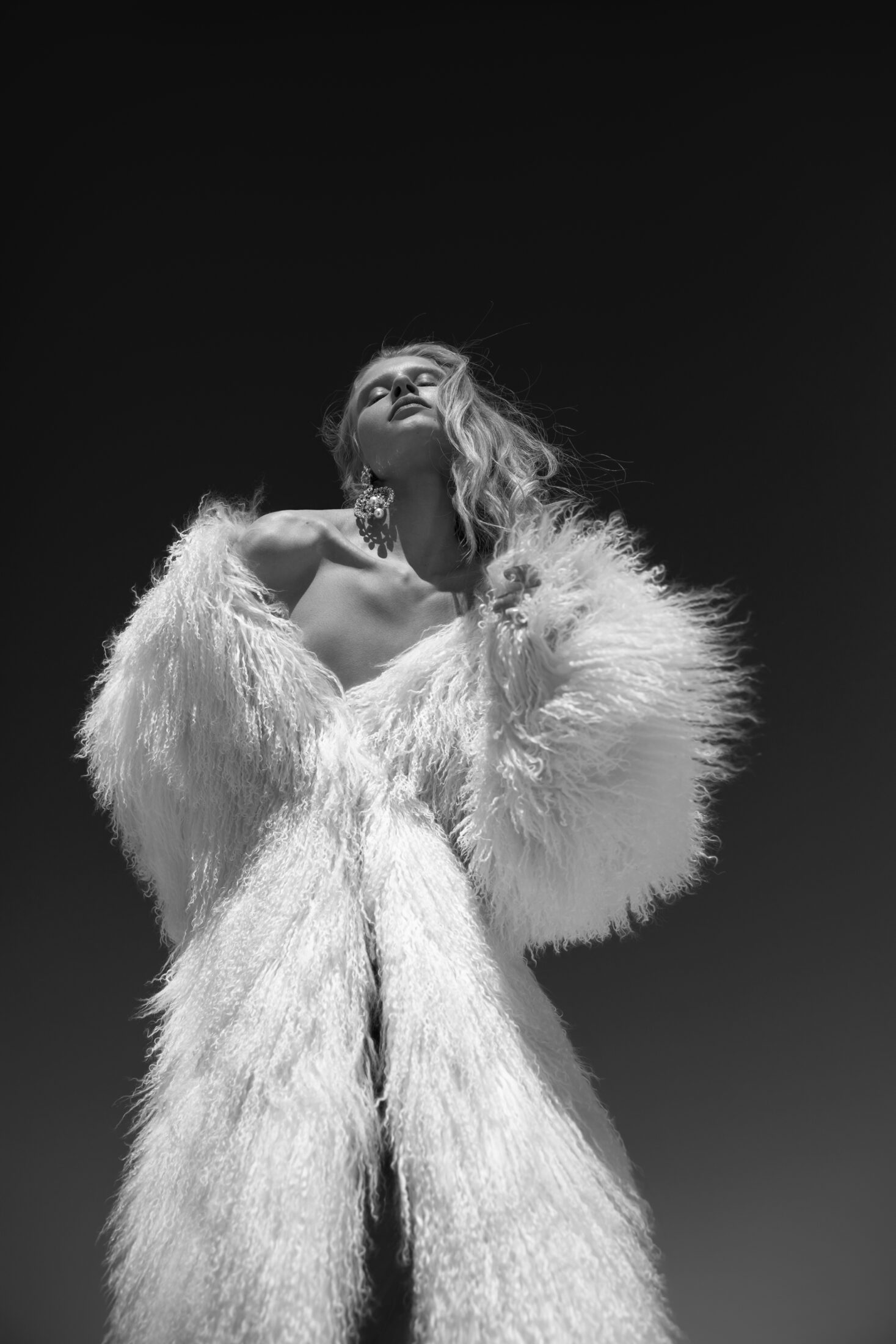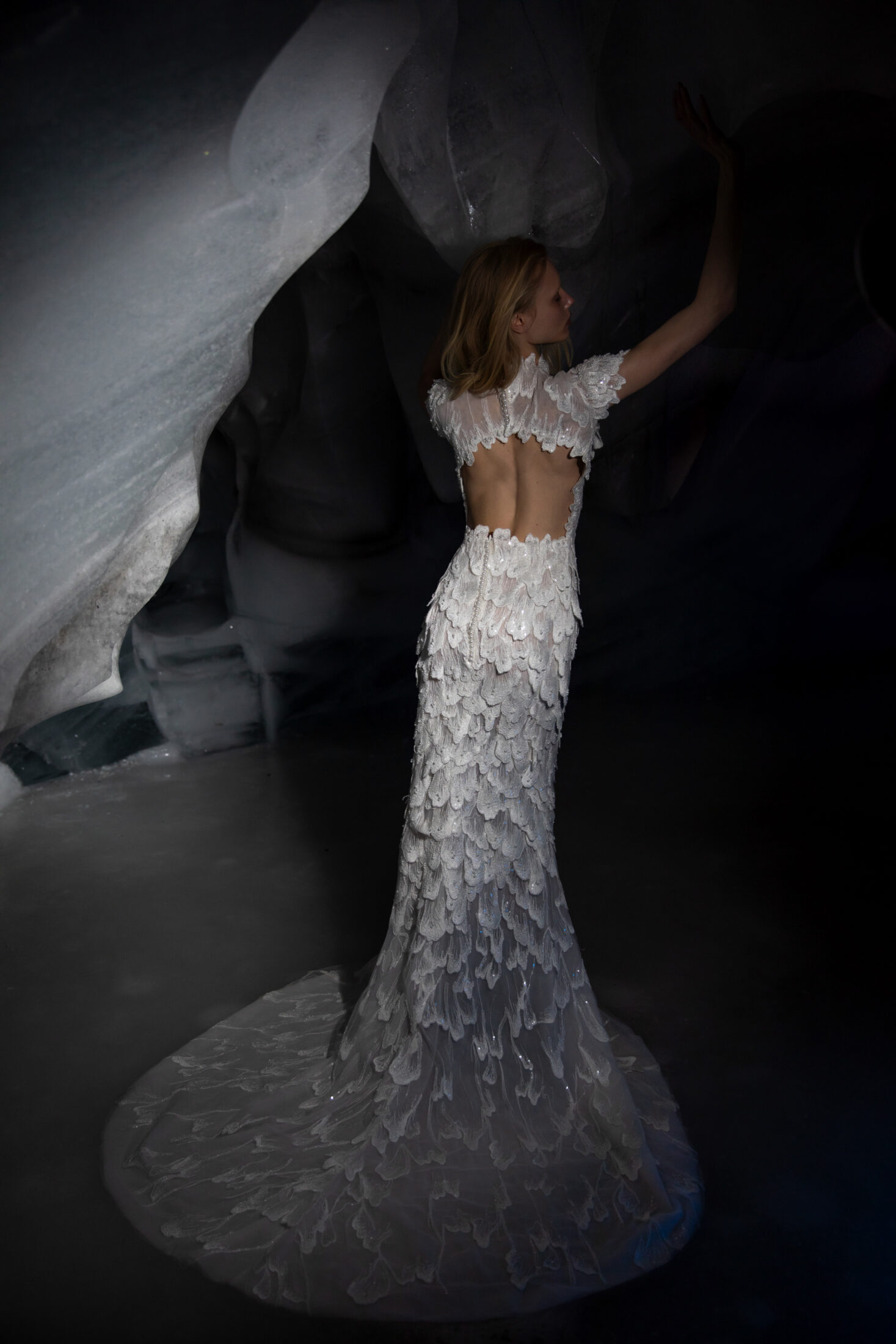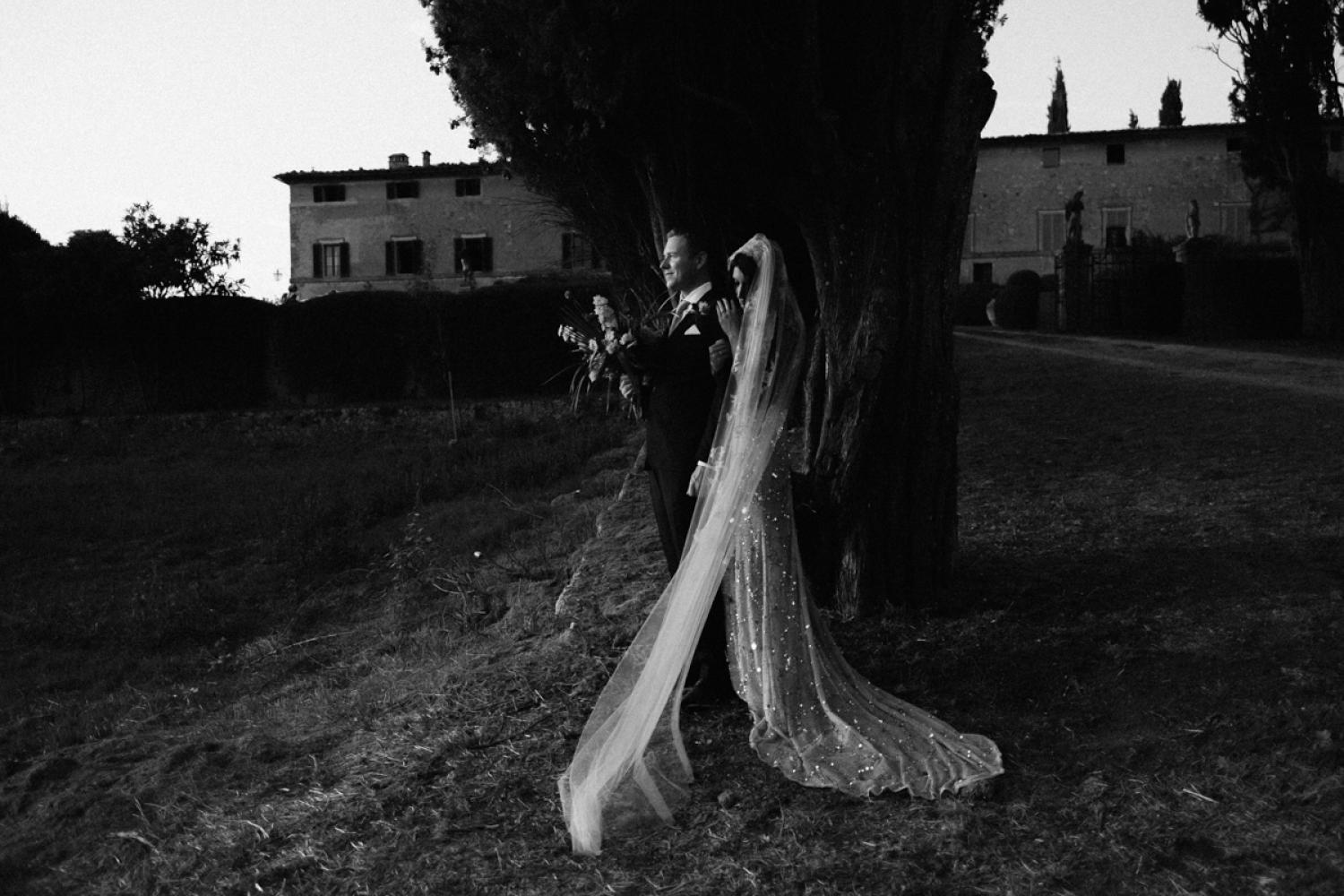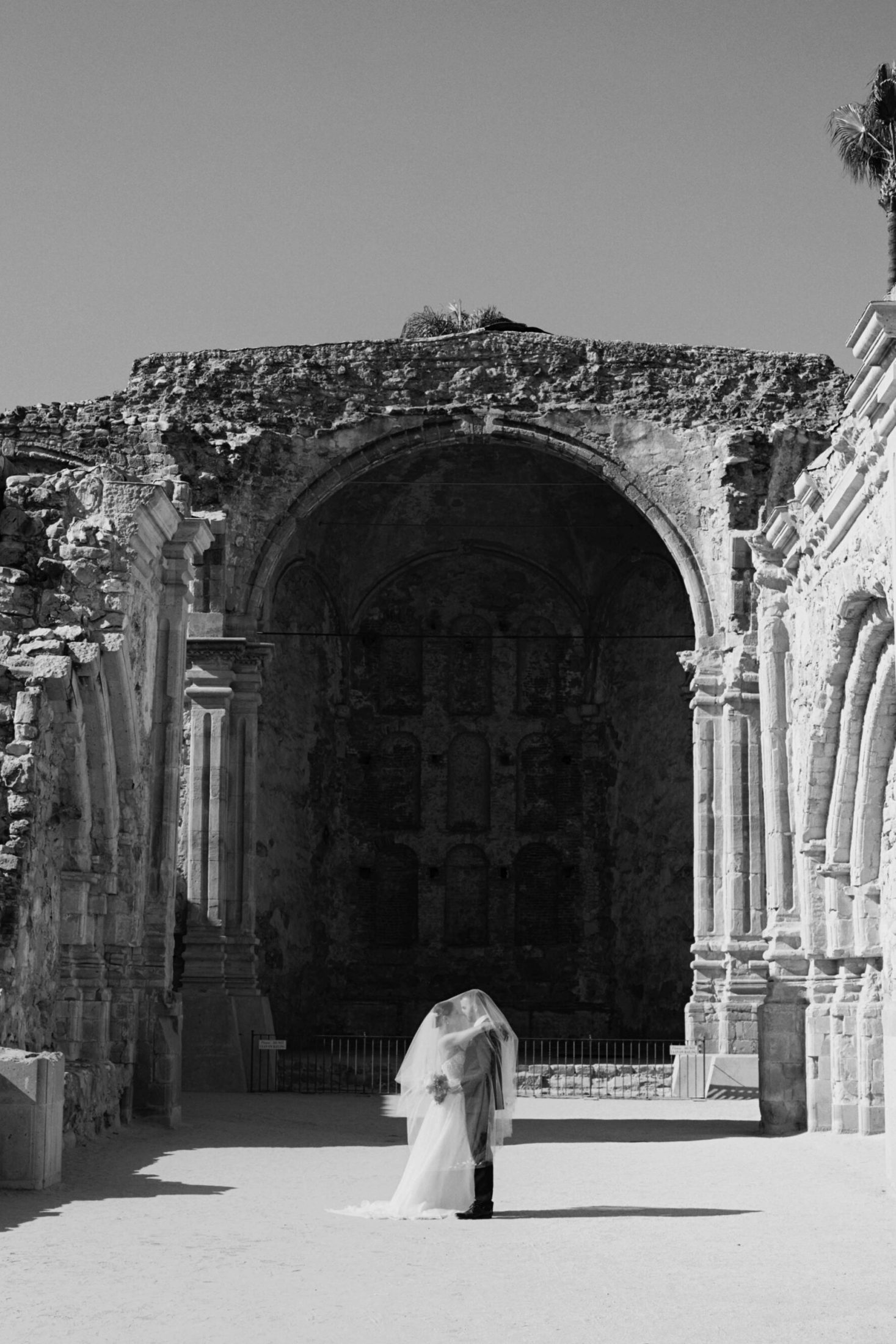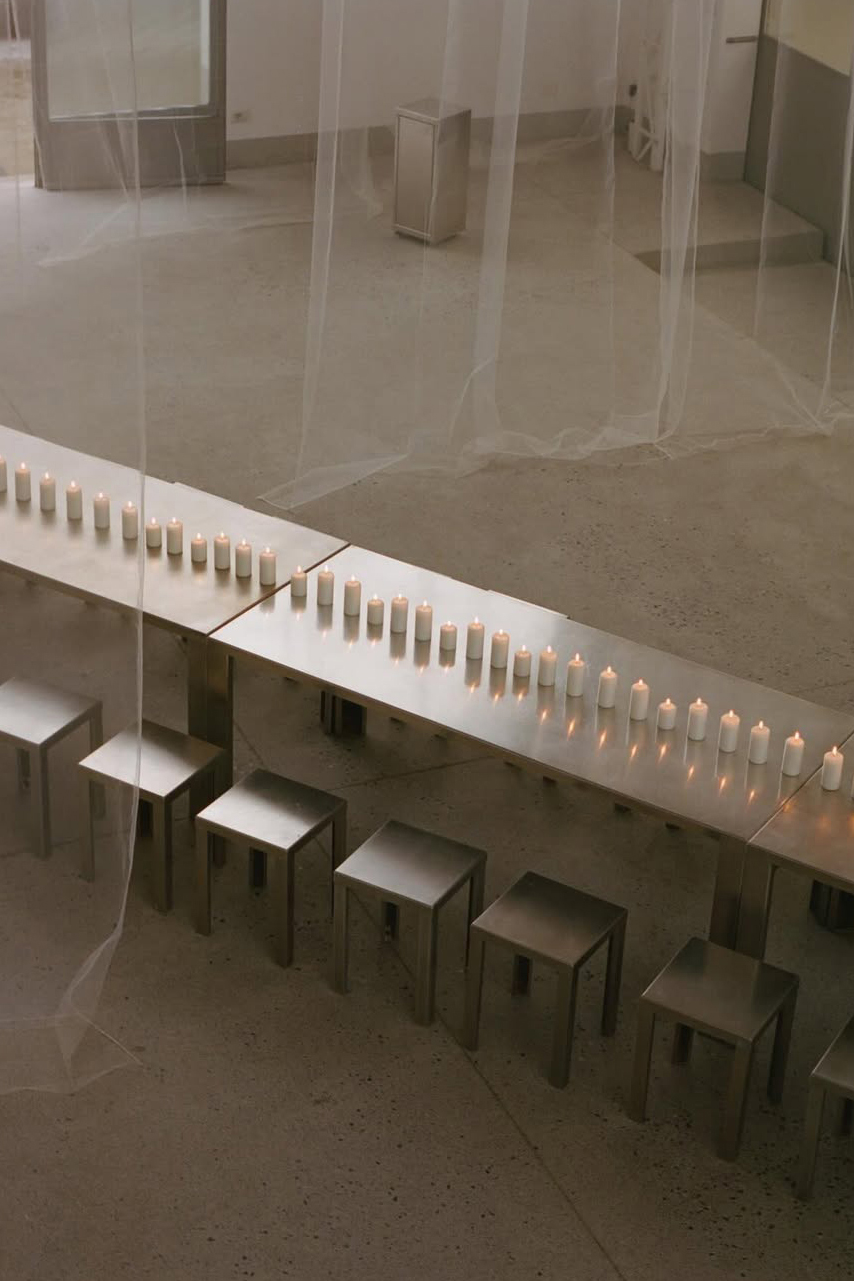Inspiration — Planning & Advice
Should You Choose Digital or Analog Wedding Photography?
When it comes to wedding photography, choosing between digital and analog can shape not just how your day is captured — but how it’s felt. We explore what sets them apart, what each brings to the story, and speak to some of our favorite photographers about documenting your day through two very different lenses.

There’s something about a photograph that feels different when it lingers — when it doesn’t offer everything all at once. In a wedding world shaped by precision and a longing for immediacy, how do you want your story to be remembered? Through frames that pulse with light and spontaneity, or those that soften time, like memories half-remembered?
It’s more than a technical decision — it’s about emotion, atmosphere, and the rhythm of storytelling. The tools a photographer uses can shape everything: the mood of a moment, the way it unfolds, the way it lasts.
We spoke to a circle of destination wedding photographers about the question of analog or digital. Read on as we explore the nuances, the rhythm of each format, and how the choice can shape not just the image, but the feeling it leaves behind.
Header Image: Sandrine Philie

Dos Mas En La Mesa

Sandrine Philie
Analog (or film) photography invites emotion over perfection. It softens, flatters, and renders light in a way that feels almost nostalgic. “A special way to capture the ambiance and the way the light flows. It’s like it can truly capture the air,” shares Sandrine Philie, a destination wedding photographer covering Europe. But perhaps most beautifully, it asks you to let go. There is no screen, no instant playback – just the quiet confidence that the moment was captured with care. Less control, more trust. A gentle surrender to the process, and to the eye of the artist behind the camera.
Digital, in contrast, offers precision and speed – a sharper language of light and detail. It thrives in the quick, high-energy bursts of the day. The joy, the movement, the electricity. It allows for immediacy, control, and the freedom to pivot, shape, adjust in real time.
To choose is to breathe into the atmosphere you wish to create — the romance of a sun-drenched ceremony unfolding slowly on film, each frame soaked in warmth and nostalgia. Or the daring pulse of a modern celebration, captured digitally with intention and clarity, each image crisp with energy and edge.

Maritha Mae
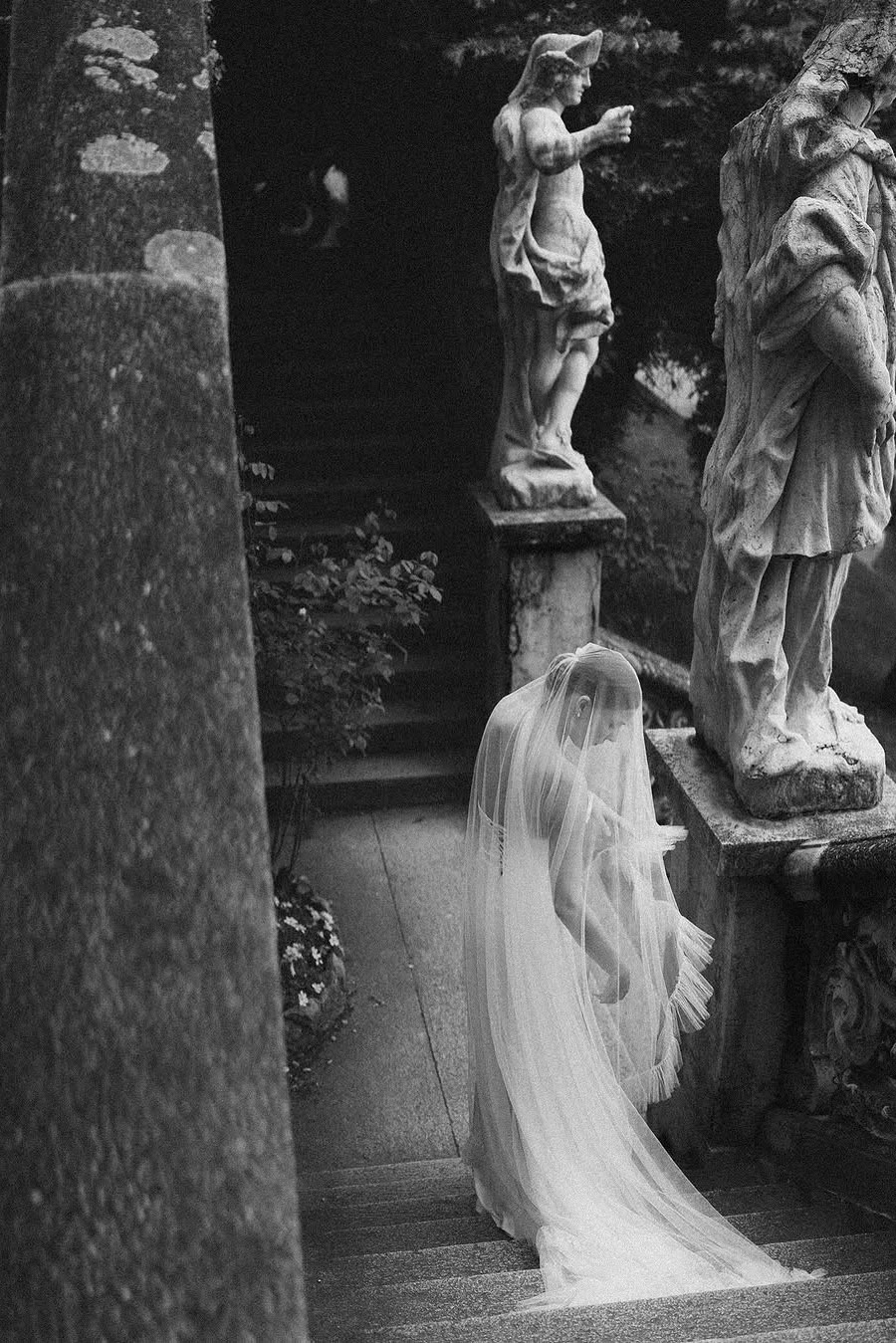
Tipos

Dos Mas En La Mesa

Nina Wernicke
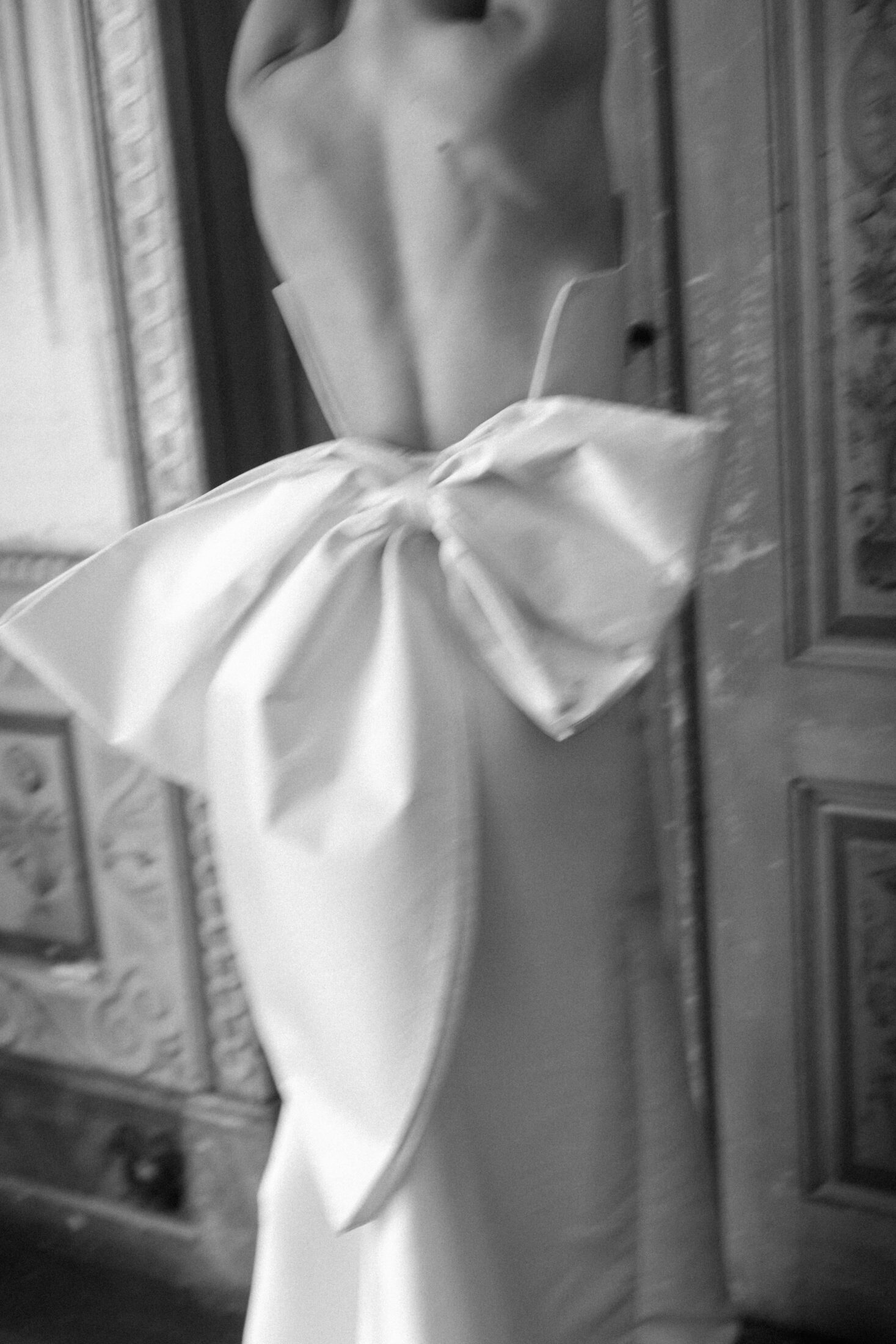
Sandrine Philie

Maritha Mae
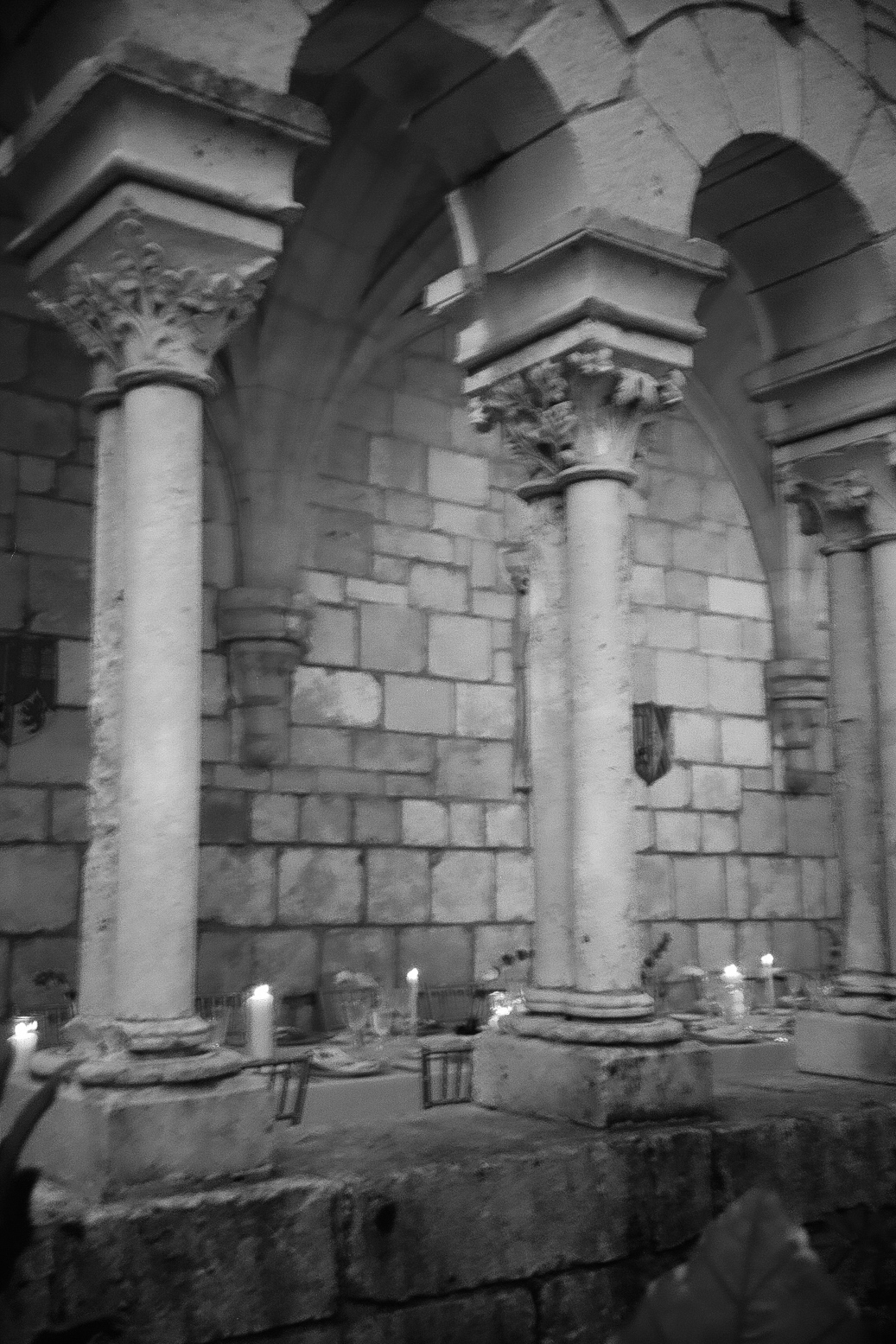
Josie Brooks

Robert Marcillas

Josie Brooks
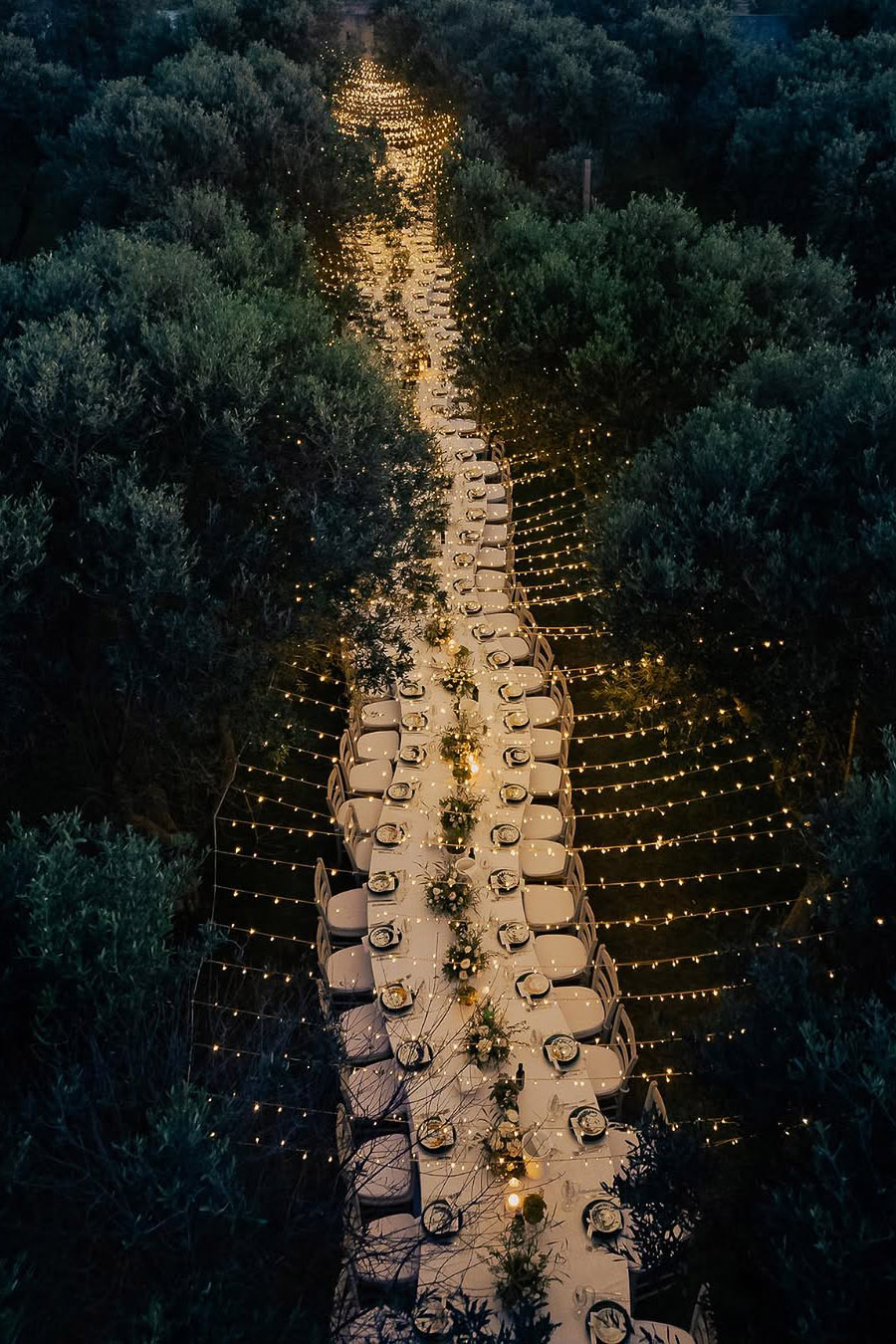
Zonzo Studio
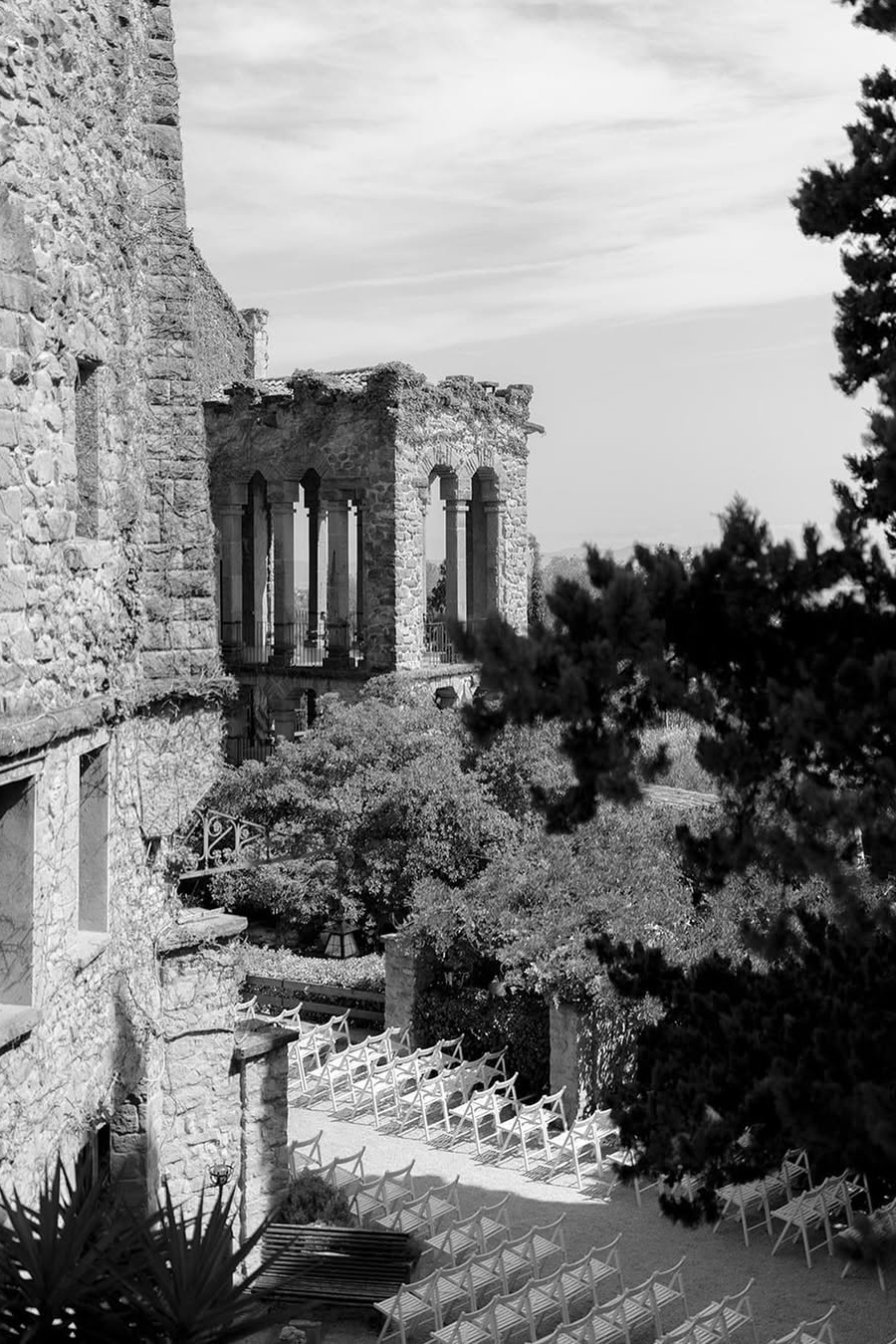
Nina Wernicke

Zonzo Studio
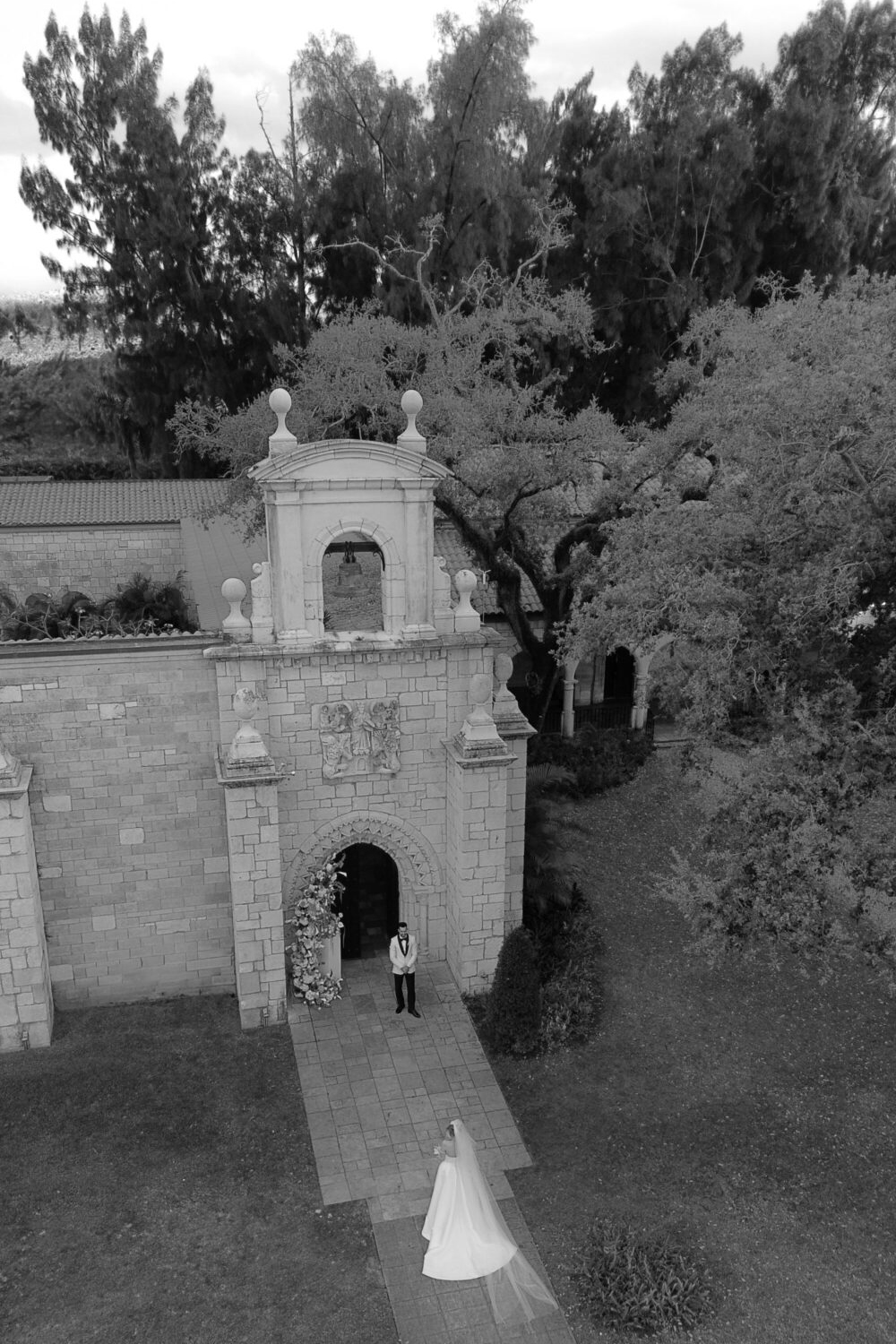
Josie Brooks

Nina Wernicke
Digital Photography
Digital captures moments in real time, allowing for endless shots, instant review, and adaptability across light and setting. It suits the fluid chaos of a wedding day, where spontaneity and volume matter. Editing is seamless, file-sharing effortless, and there’s a certain bold confidence in knowing each frame is secured. Capturing weddings as immersive experiences, Nicole Layman, tells us, “it allows for instant adjustments, sharp images, and flexibility in post-production,” But with all its precision, digital can sometimes lack soul — its crispness can feel too clean, too composed, and easily lost in the scroll. It leans into perfection but can miss the poetry.
Luxury destination wedding photographer based in Orlando, Florida, Josie Brooks, recommends always doing both, “I always prioritize digital first for its reliability and high-quality resolution. However, I no longer photograph weddings without incorporating analog film – it’s something my clients specifically request. I don’t believe one format is better than the other; it’s more about how much weight you want to give to each.”
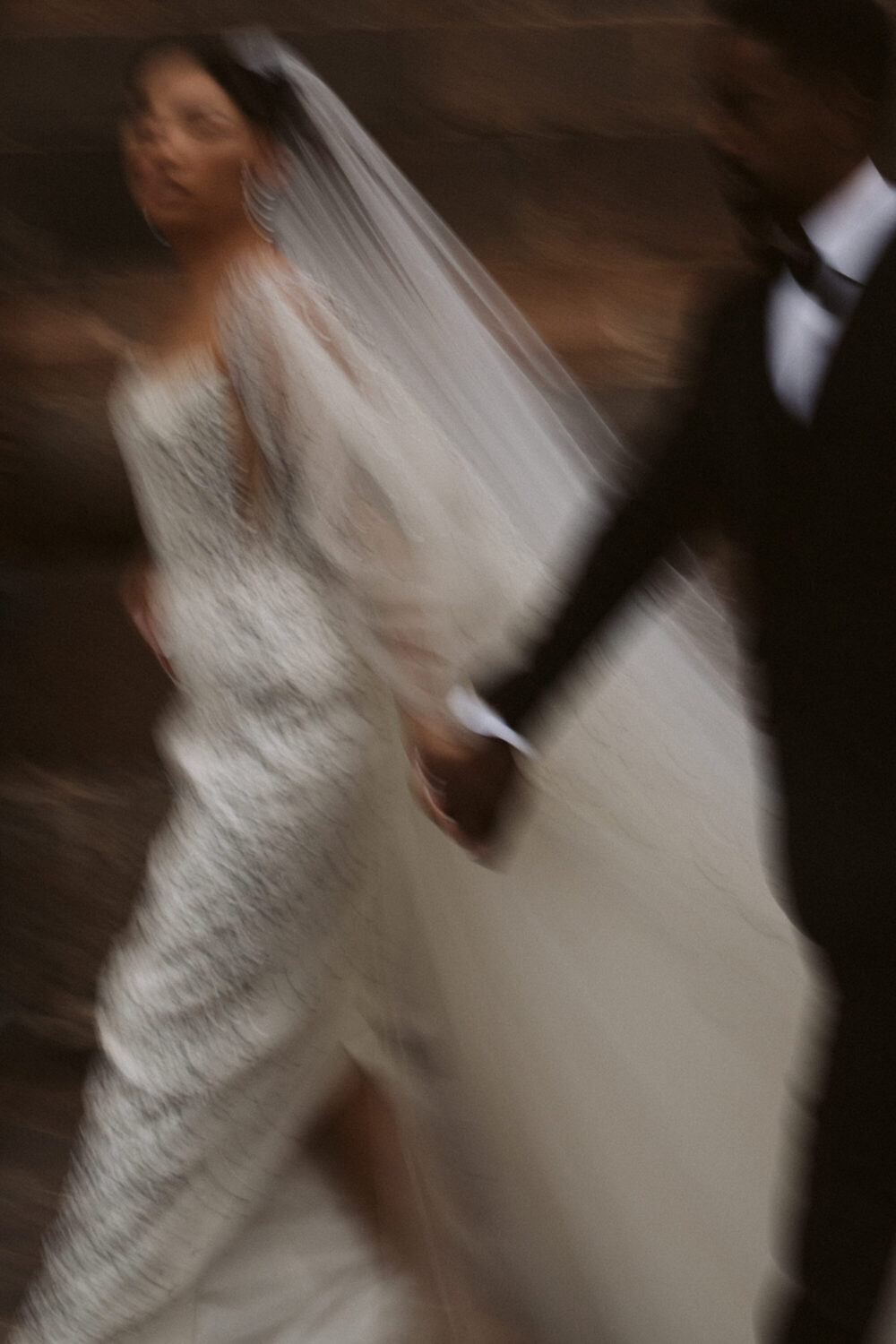
Dos Mas En La Mesa
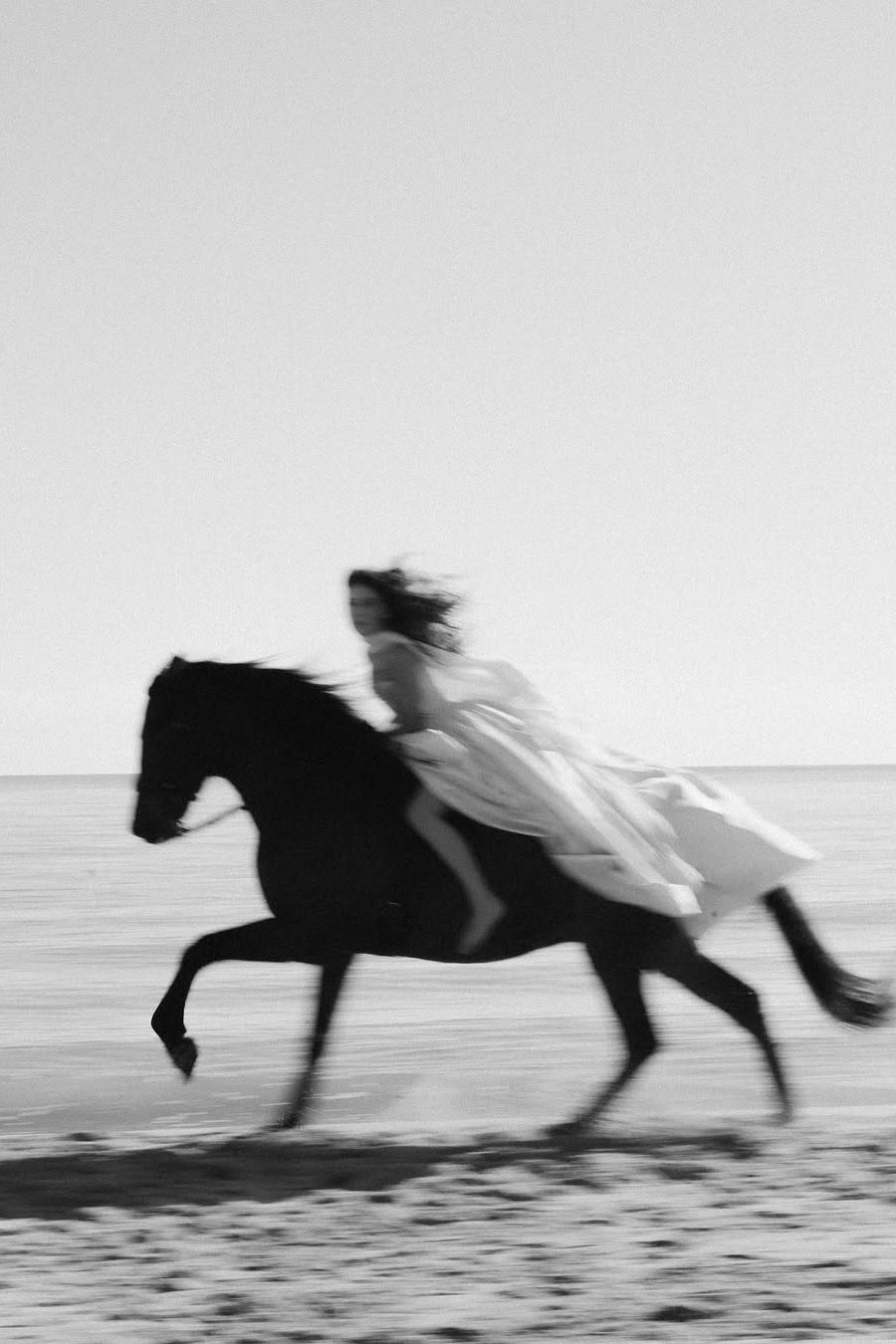
Tipos
“Analog, is slower, more intentional. An art form that unfolds like if handwritten. It captures not just light, but mood: the lingering dusk, the brush of lace, the tear before it falls.”
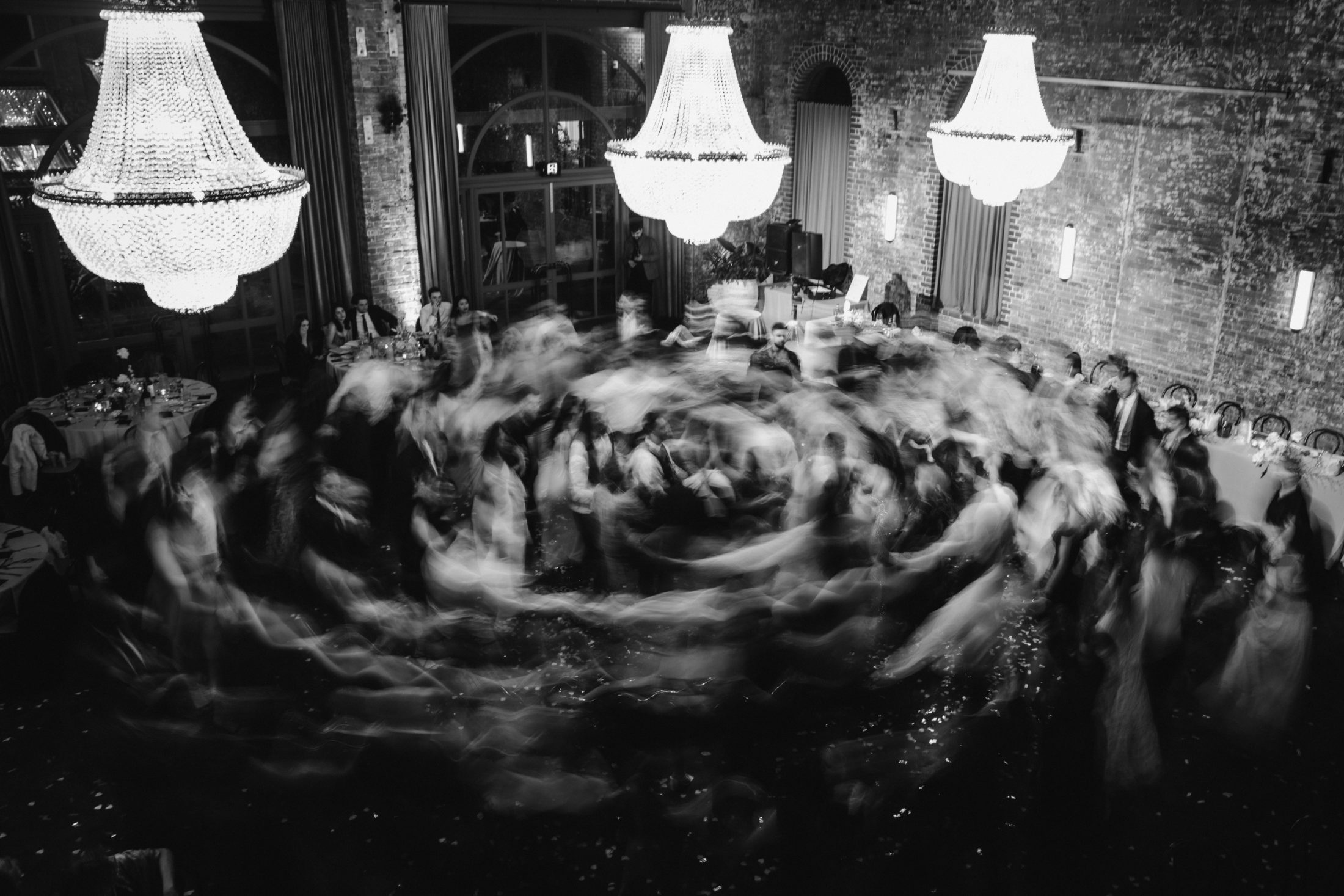
Jack Henry
Analog Photography
Analog, is slower, more intentional. An art form that unfolds like if handwritten. It captures not just light, but mood: the lingering dusk, the brush of lace, the tear before it falls. “I shot it on film, and the result was magical – completely blurred from the motion, but with an unmatched energy,” shares Barcelona based photographer, Robert Marcillas.
There’s romance in the grain, depth in the imperfection. About this, Zonzo, photographers based in Tuscany, say, “Editorial moments will always have their place, but they’re now layered with imperfect, vibrating snippets that serve an ‘authenticity aura’ that cutting-edge digital media, in the AI era, are losing.” Lety Altam, based between Santa Barbara, Mexico, and New York City, tells us it’s about the subtleness, it’s about, “the quiet, in-between moments before the day truly begins. There’s something so raw and imperfect about film that makes the image feel even more special.”
Each image feels like a keepsake, etched with meaning. But with this richness comes limitation — fewer frames, no instant previews, and a dependence on process and craft. It’s not for the faint-hearted, but for those drawn to the tactile, the timeless, the idea that beauty often lies in the unedited.

Sandrine Philie

Robert Marcillas

Nina Wernicke
Editorial wedding photographer, based in London, Nina Wernicke, says “I wouldn’t say selecting between digital and film is about preference—it’s more about understanding how each medium shapes the final collection of images. Both serve a purpose, and together, they create a gallery that balances editorial finesse with documentary realism.”
Each format offers its own magic evocative of the essence of your day. For those who revel in nuance, a hybrid approach is perfect — a melodic collision of clarity and chaos, of raw spontaneity and scripted elegance. “Sometimes parts of the story are better told with one over the other,” shares Maritha Mae, based in Singapore but flying worldwide to cover destination weddings everywhere.
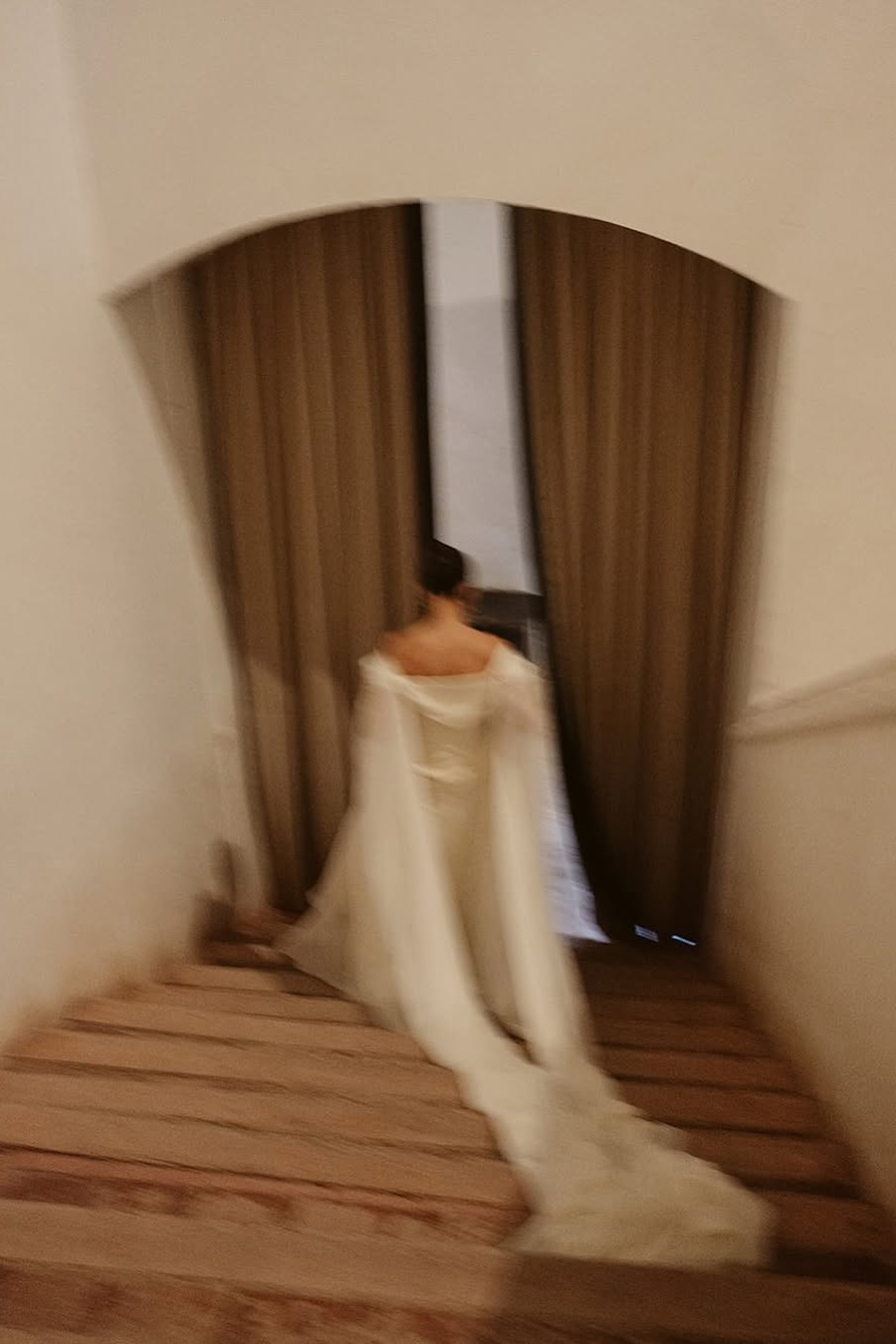
Dos Mas En La Mesa
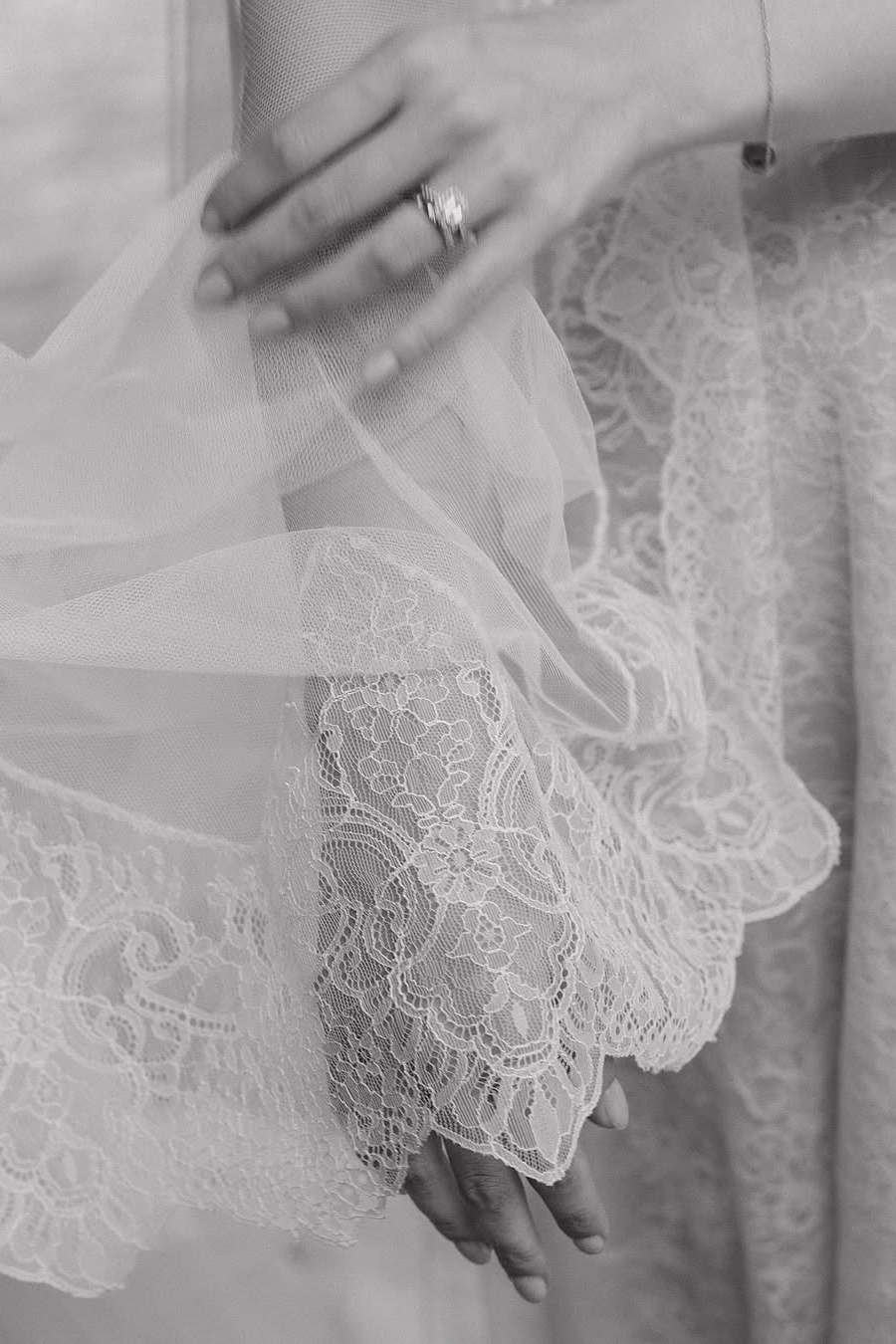
Robert Marcillas

Nina Wernicke
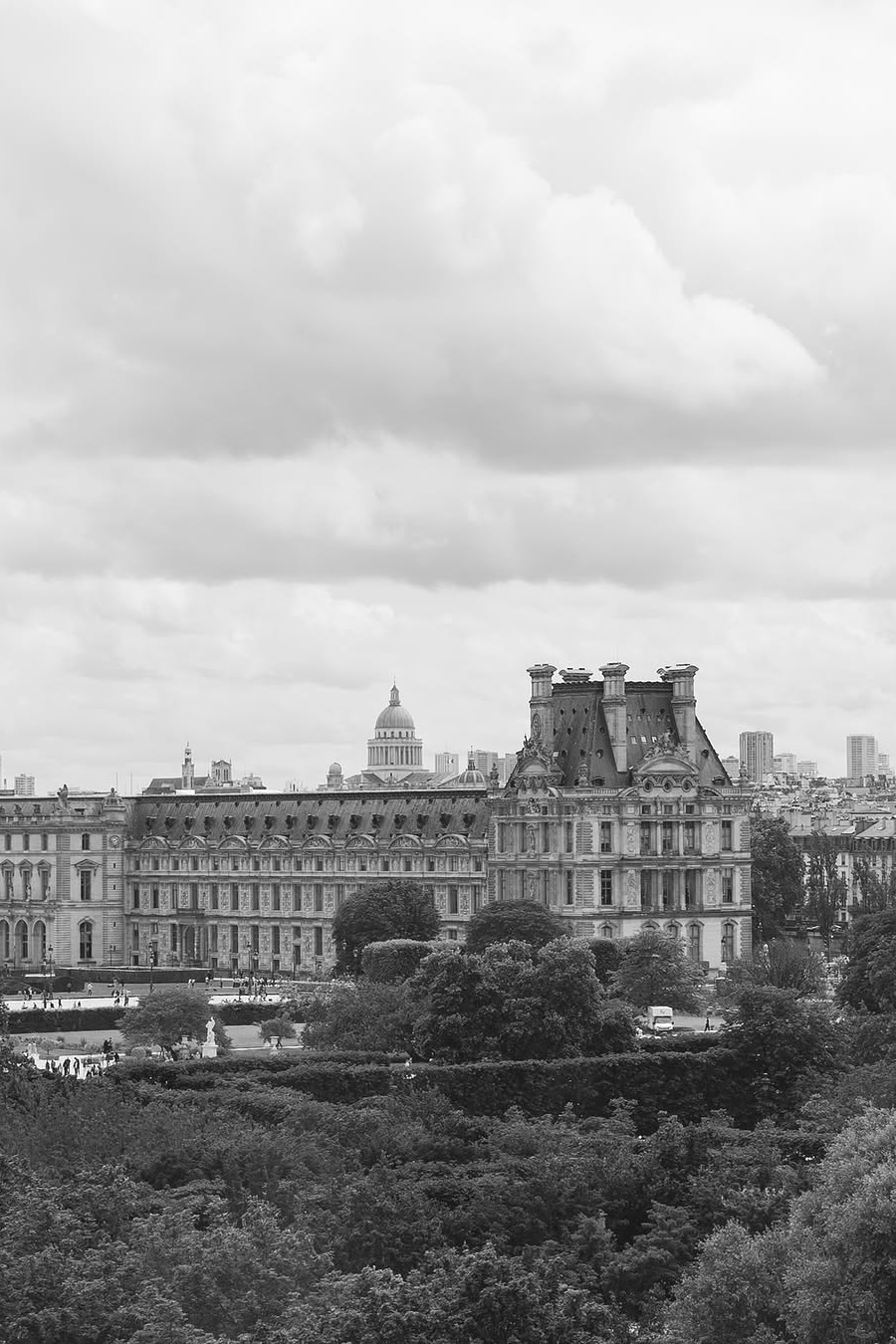
Robert Marcillas
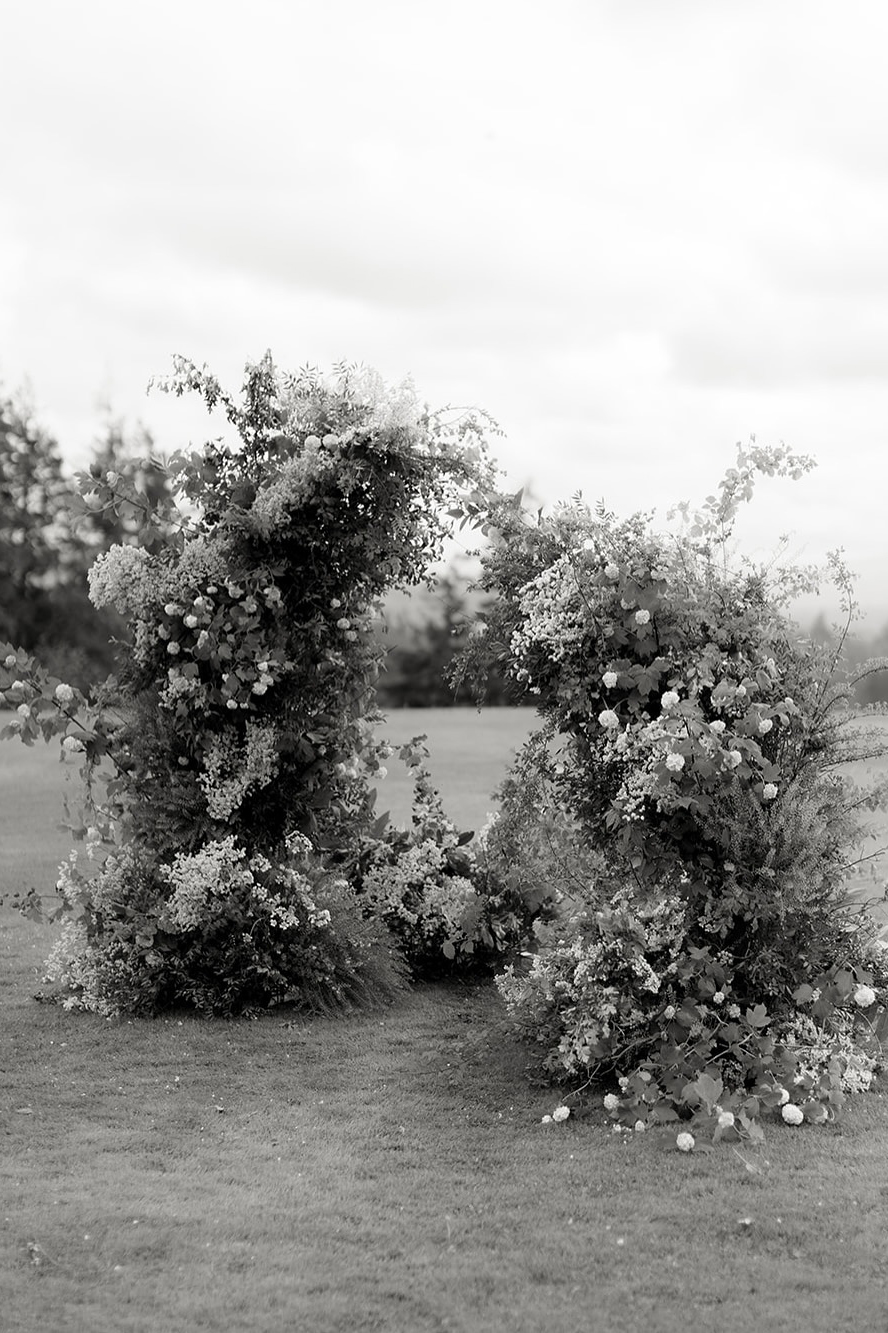
Nina Wernicke

Tipos

Nicole Layman
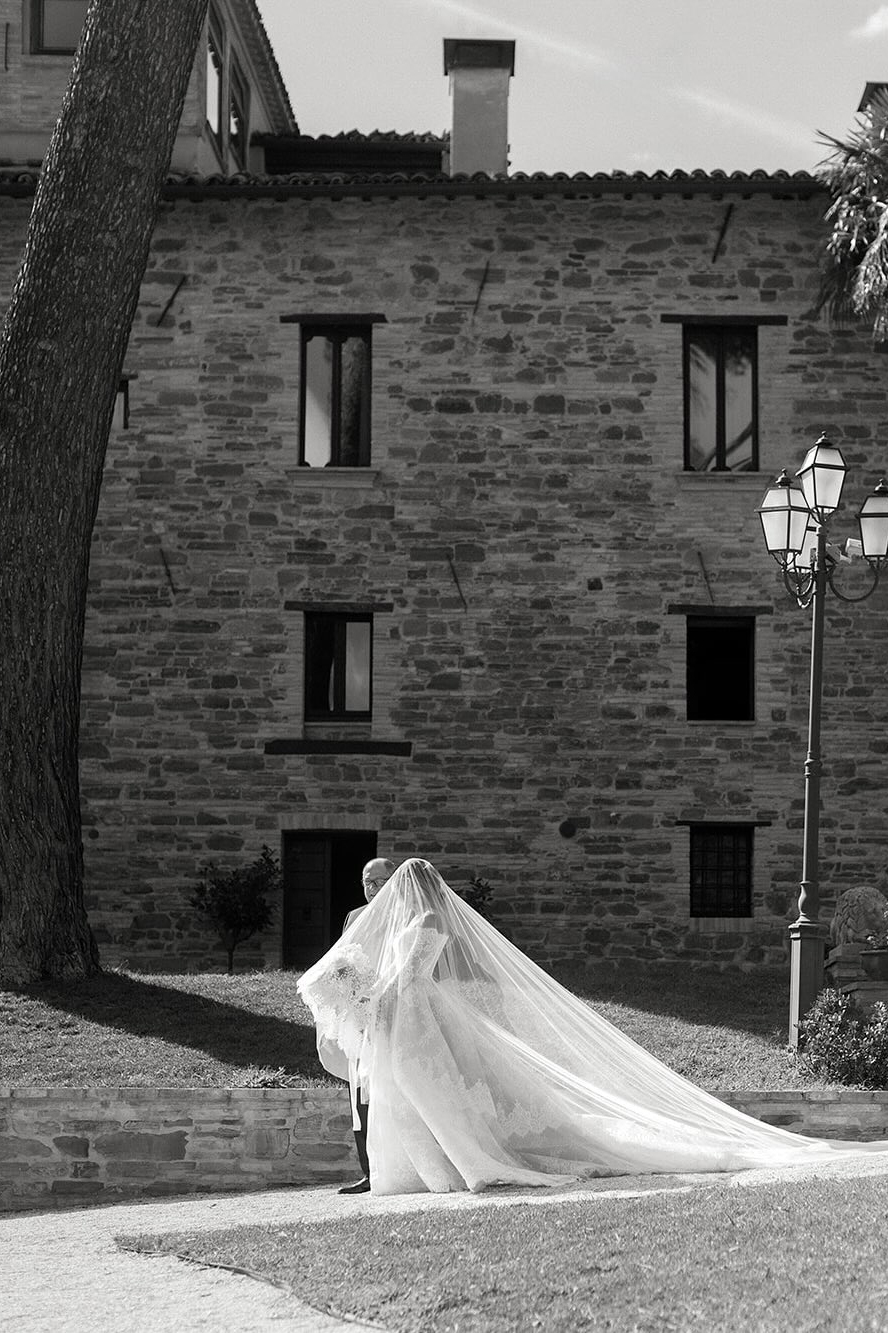
Nina Wernicke

Charlotte Kinsella

Josie Brooks

Robert Marcillas

Cinzia Bruschini

Dos Mas En La Mesa
See a complete edit of our Wedding Photographers on The Lane Directory.
Directory
Videographers
Find our global edit of Wedding Videographers on The Lane Directory.

